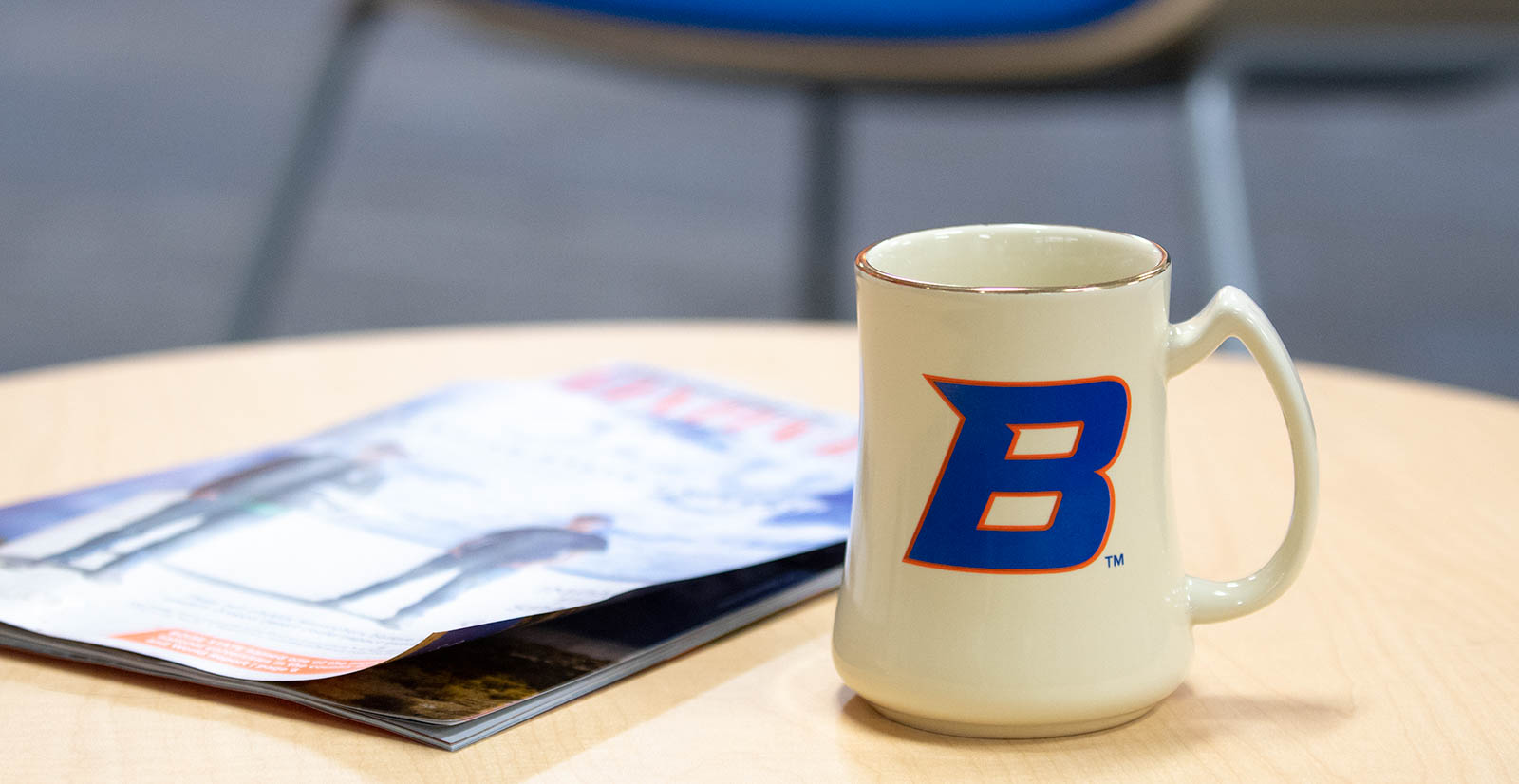
It’s a few weeks into the semester and most instructors by now have likely received an accommodation notification for a student, or students, in their course. The Educational Access Center (EAC) understands accommodation notifications can bring up questions. We know instructors come with a range of knowledge, experience, and confidence when it comes to implementing accommodations for students with disabilities. This is why we’ve created something new to help instructors and students in this process!
Accommodations Handbook
In Fall 2023, the EAC launched their first Accommodations Handbook (linked). After some feedback and usage throughout the Fall semester, we are excited to promote a robust handbook for the Spring 2024 semester.
The purpose of the Accommodations Handbook is to provide information on the rights, responsibilities, and accommodation procedures for students with disabilities and University staff and instructors working with students with disabilities.
In the handbook faculty will find information about access to accommodations, and more specifically:
- Concurrent Enrollment (linked)
- Documentation Guidelines (linked)
- Establishing Services and Activating Accommodations (linked)
- Rights and Responsibilities (linked)
Faculty can also find information about specific processes and procedures for the implementation of accommodations, both for the student and themselves. Currently, the Accommodations Handbook includes areas related to the following accommodations:
- Accessible Course Materials and Related Accommodations (linked)
- Alternative Testing (linked)
- Deaf/Hard of Hearing and Related Accommodations (linked)
- Individual Classroom, Lab, or Accommodation Assistants (linked)
- Occasional Absence Notification (linked)
- Occasional Extension on Assignment Deadlines (linked)
Communicating Support
Let’s say an instructor received the accommodation notification for a student, understands their role in implementation, and now wants to know next steps.
Although not required, the EAC encourages instructors to reach out to their students upon receiving the accommodation notification (we also encourage students to do the same). Reaching out to students to let them know how their accommodations are applied to the course often alleviates stress, encourages communication, and promotes learning in the course. This isn’t just something we believe, this is what our students have told us (linked)!
Unsure where to start? The EAC has created templates for communicating support (linked) for getting started with these conversations.
Accessibility is the responsibility of everyone. Thank you for being critical team members in accessibility on our campus. We value your partnership and dedication to the learning of all students!
Still have remaining questions? The EAC staff is available to work with you. Visit our Contact Us page (linked) to find the most appropriate coordinator for your questions.
Author:
Julia P. Gorman, M.Ed.